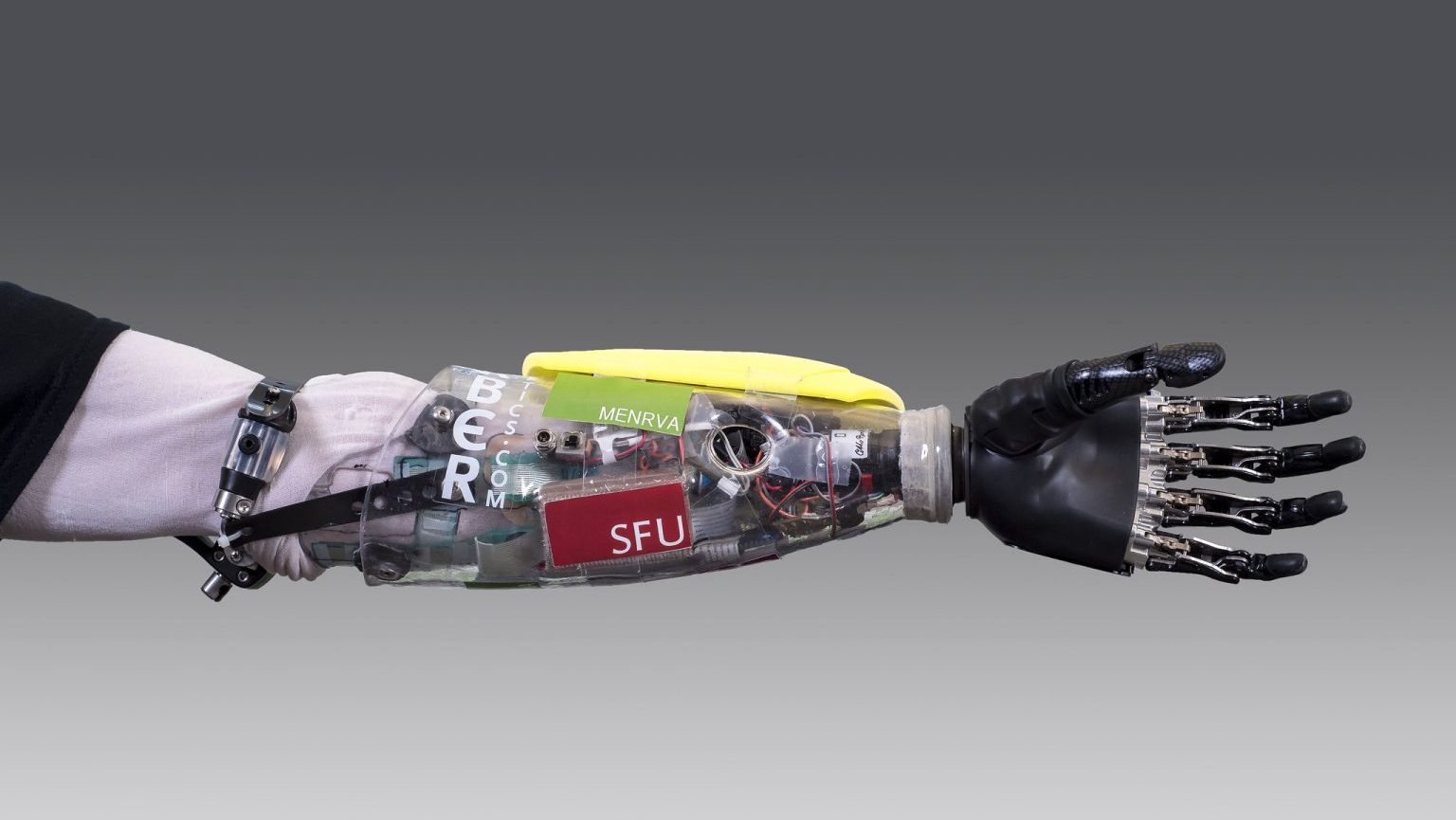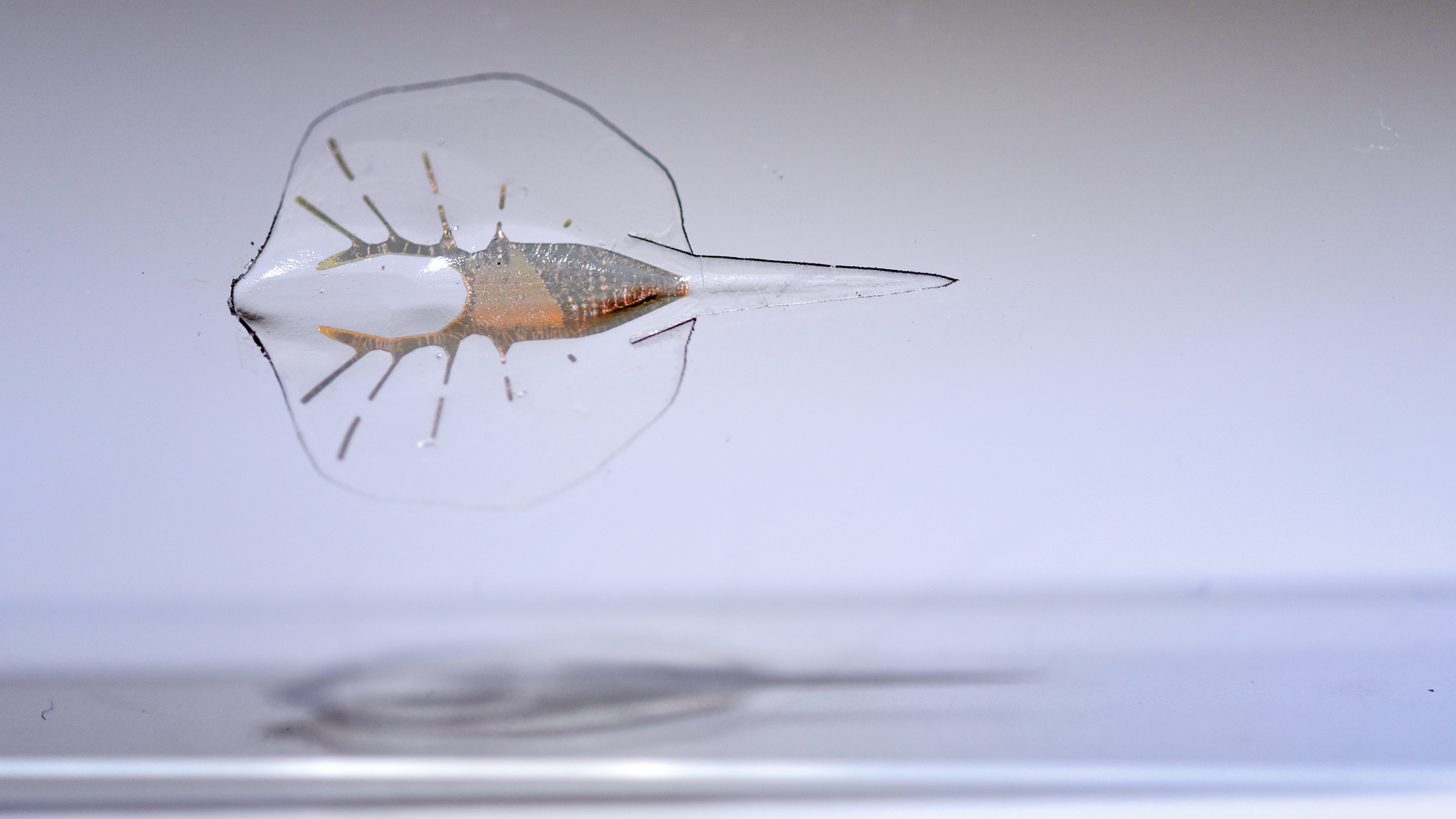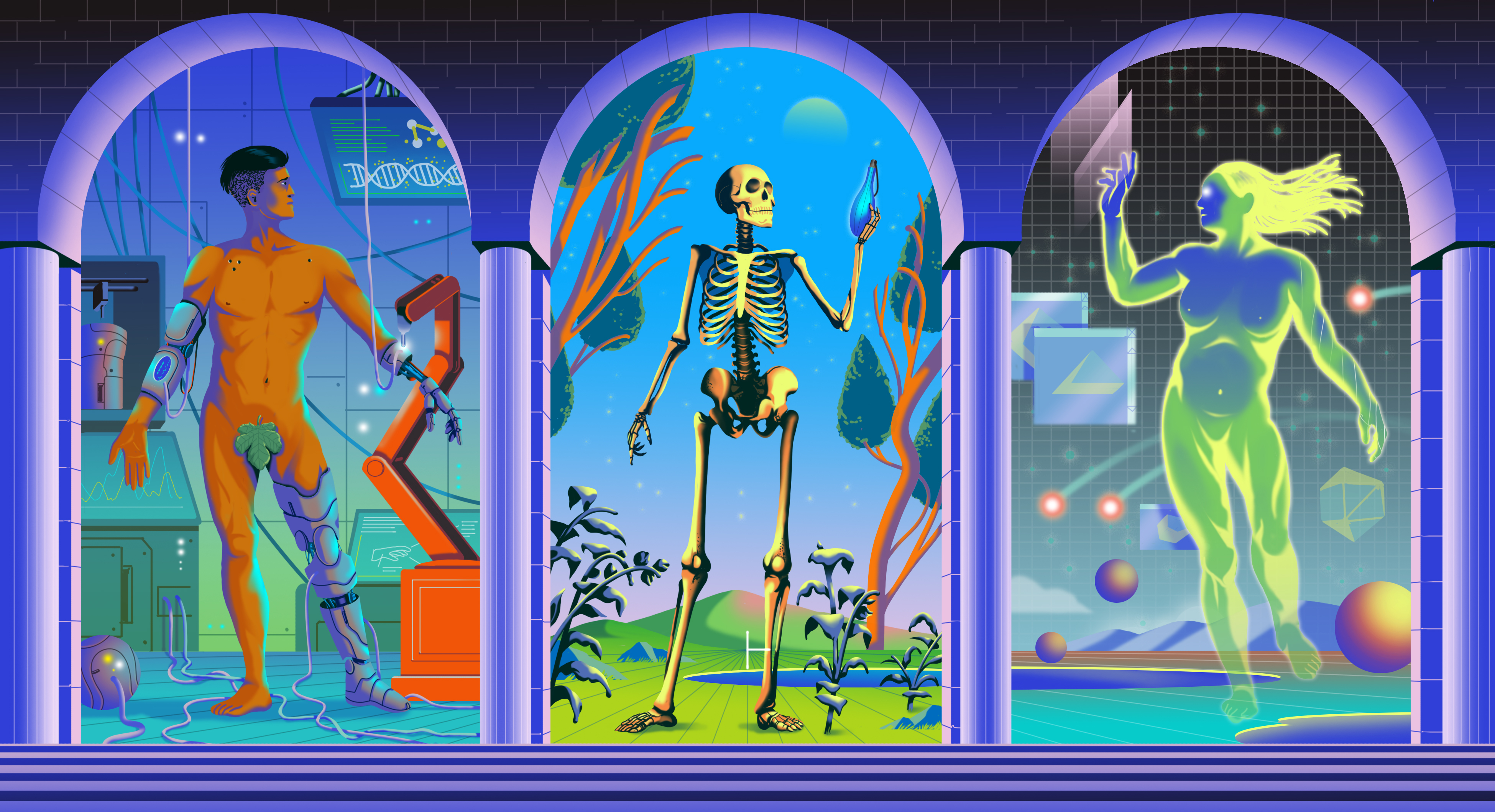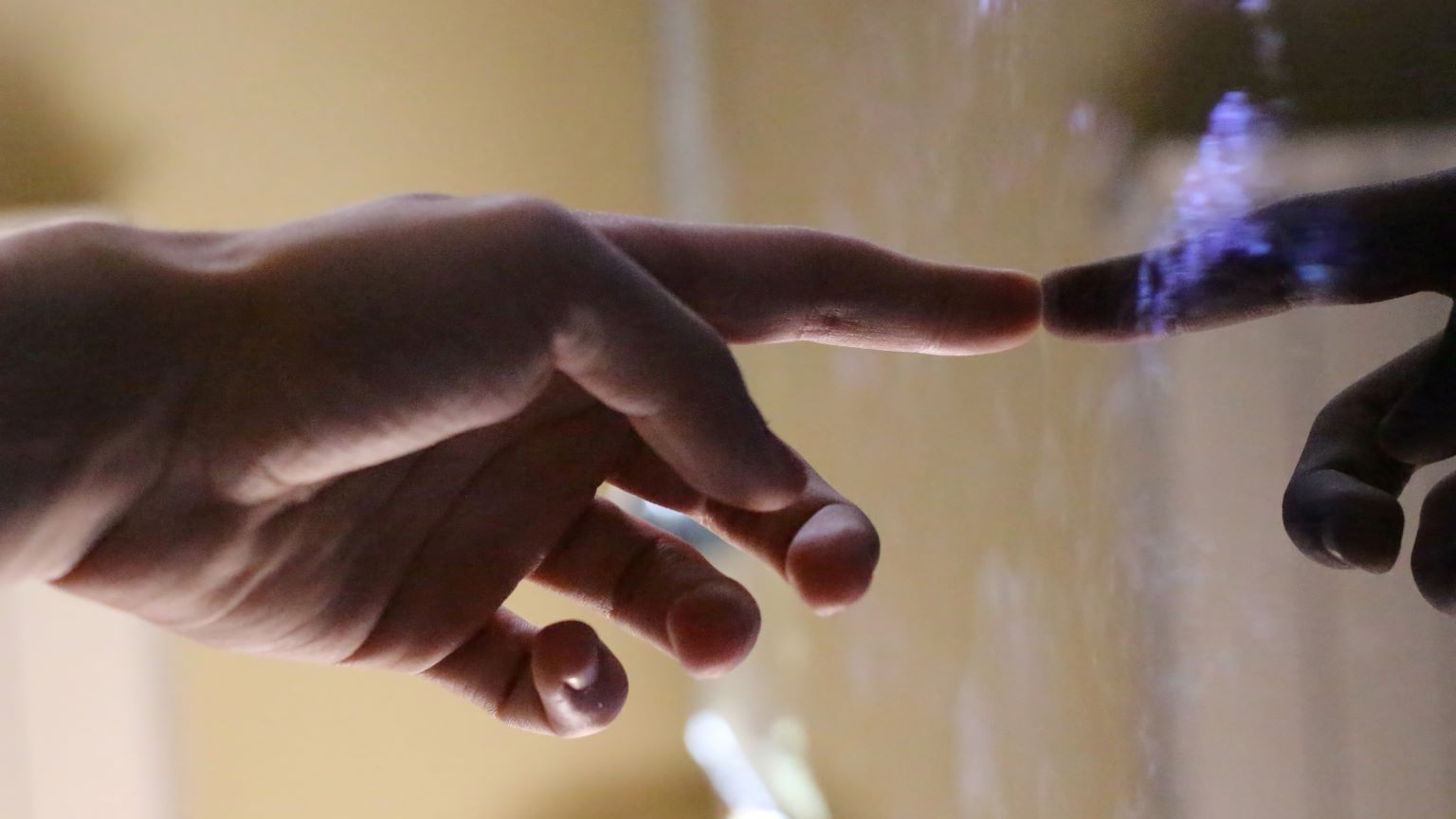Monkey Achieves Brain-Machine Milestone

What’s the Latest Development?
By implanting electrodes into both the motor and sensory areas of the brain, researchers created a virtual prosthetic hand that monkeys controlled using only their minds, enabling them to feel virtual textures. Until now, one of the pitfalls of so-called brain-machine interfaces was the gap between controlling a limb and feeling a physical touch.
What’s the Big Idea?
“It’s definitely a milestone in brain-computer interfaces,” says neuroscientist Sliman Bensmaia of the University of Chicago, who is developing touch-feedback systems for human prosthetics. Too many of the robotic arms now being developed, even very advanced ones, he says, ignore the importance of touch. “Sensory feedback is critical to doing anything,” he says. The new work is still an early step. A biological arm receives countless inputs not only from texture but also from temperature and its position in space.





